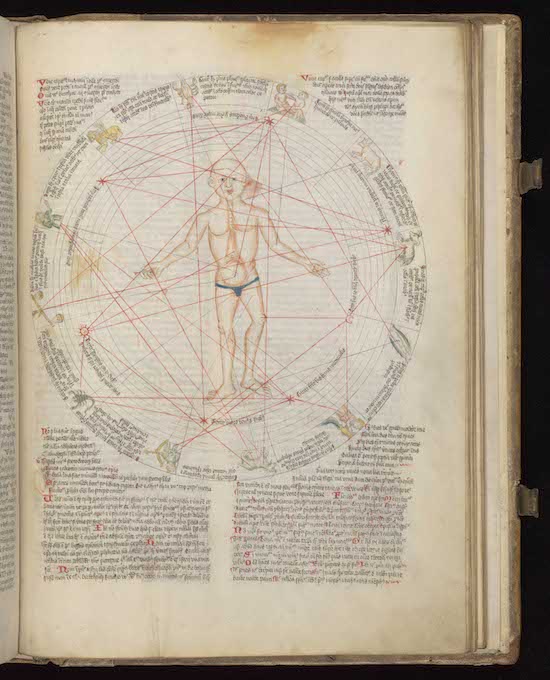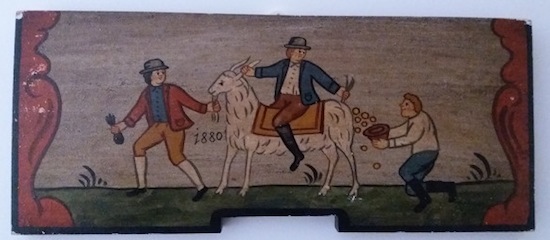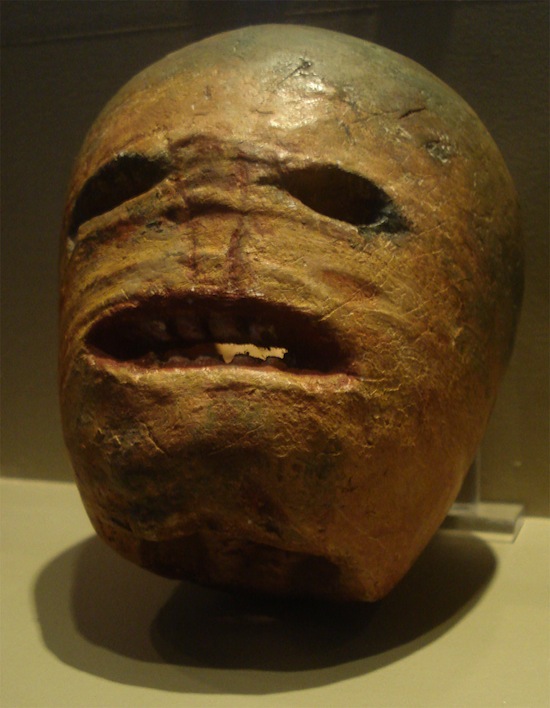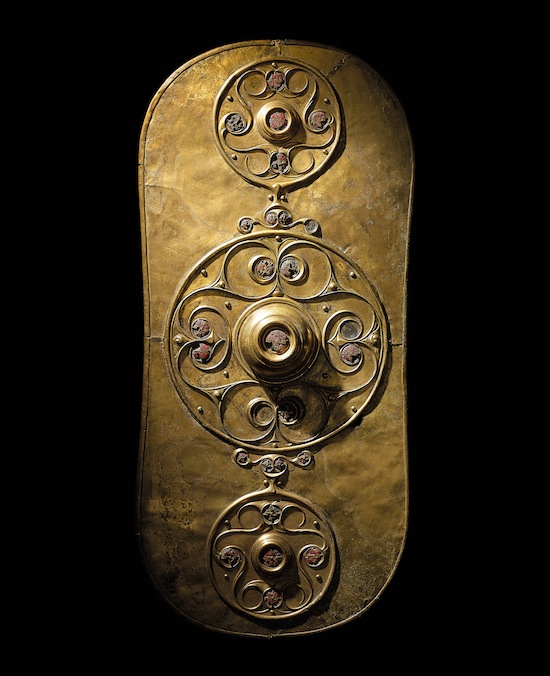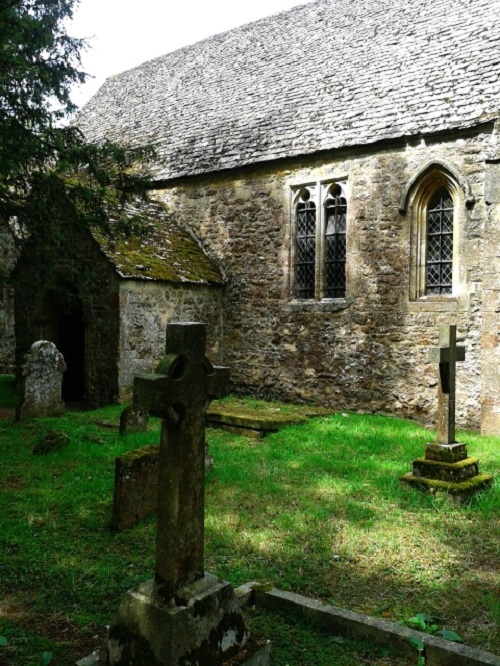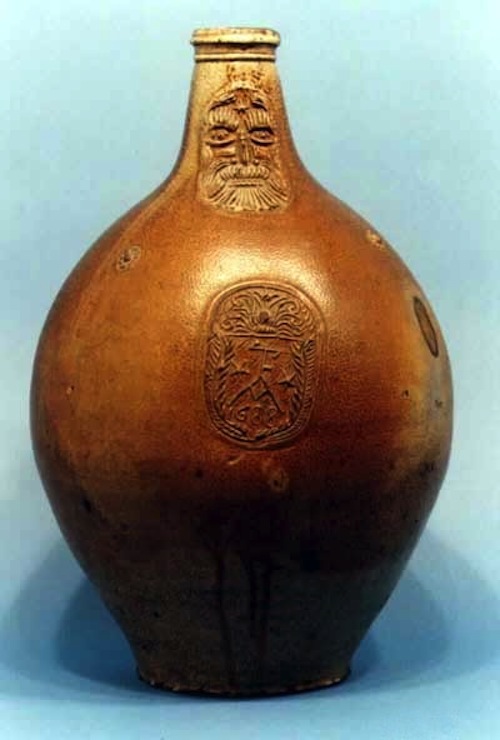Inquisition Dungeons, Decapitated Heads, and Fighting Gentrification: A Creepy Tour Through Lavapiés, Madrid
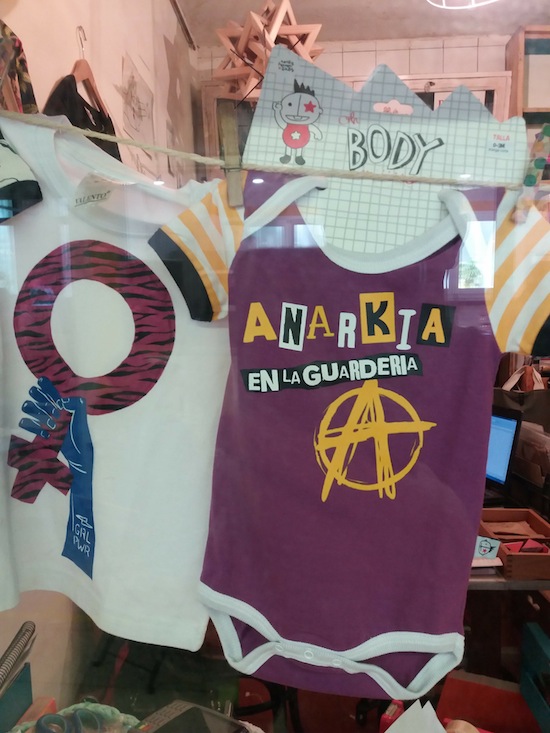
“Anarchy in the nursery!”
Madrid is a walkable town. Most of the city’s interesting barrios are clustered close together, and even if you have to take a quick trip on the bus or Metro, you’ll find that each barrio has all you need within an easy stroll. That makes Madrid feel a lot smaller than it is, because you can shop, dine, drink, work, and go to school all in the same barrio.
Several tour companies offer interesting walking tours of the city, focusing on Madrid’s history, nightlife, or culture. The latest addition is The Making of Madrid, which specializes in history. I recently took a tour of the working class barrio of Lavapiés, known for its left-leaning politics and large immigrant community.
